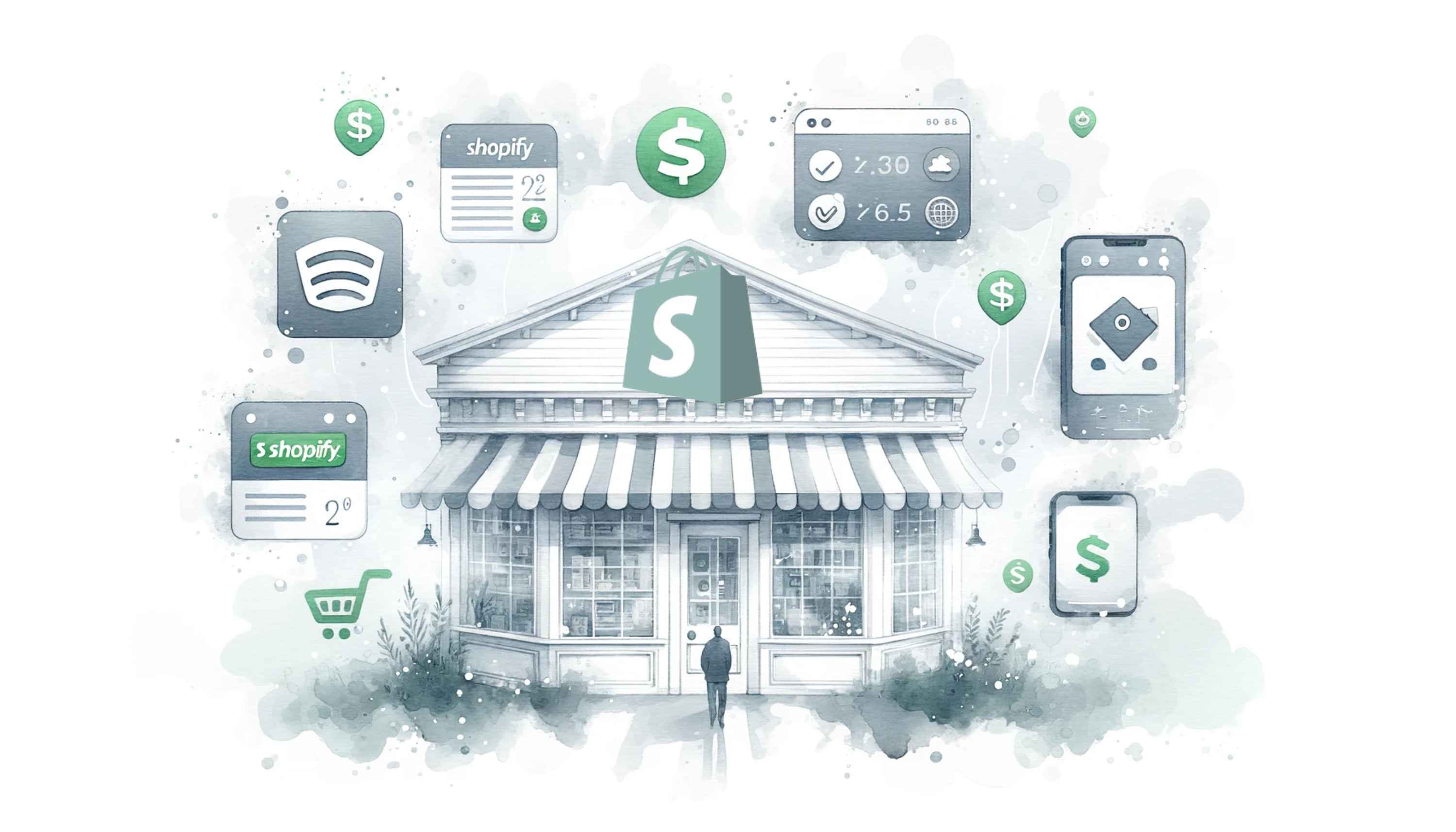
Optimize your Shopify app pricing to maximize revenue. Learn how to implement tier-based pricing, which differentiates charges based on customer segments. Understand seasonal trends to strategically plan price experiments and avoid common pitfalls like overcomplicating pricing tiers or neglecting market research.
Whatever you’re thinking, think bigger
―Tony Hsieh - former CEO of Zappos
Optimize your Pricing Strategy for your Shopify App
By leveraging psychological pricing tactics and regularly reviewing your strategy, you can enhance your app’s appeal and profitability. Follow these actionable tips to make informed pricing decisions and drive growth for your Shopify apps.
Seasonal Effects in App Pricing Strategy
E-commerce follows a yearly business cycle that significantly impacts app install rates. Leading up to Black Friday, businesses ramp up their marketing activities, resulting in the highest install rates. However, after Black Friday, businesses are busy handling their own customers leading up to Christmas, causing a drop in app installs until mid-January. Understanding this cycle helps in planning your pricing experiments during non-seasonal periods for more accurate results.
Tier-Based Pricing Strategy for Shopify Apps
Tier-based pricing involves charging different prices based on the customer’s plan type, such as Basic or Plus. This strategy is easy to understand and implement, and it leverages price anchoring. Price anchoring is a psychological tactic where a higher reference price makes the actual price appear cheaper in comparison.
Benefits of Tier-Based Shopify App Pricing
- Increased Revenue: Charging more to Plus merchants significantly increases revenue.
- Higher Conversion Rates: Basic merchants are more likely to convert when the higher Plus pricing makes the Basic pricing seem more affordable.
- Better Customer Segmentation: This approach allows for more effective catering to different customer segments.
Practical Tips for Shopify App Pricing Strategy
- Understand Your Market: Research your target audience and understand their willingness to pay.
- Experiment with Pricing: Test different price points using A/B testing.
- Monitor Seasonal Trends: Be aware of how seasonal trends affect install rates.
- Leverage Psychological Pricing: Use tactics like price anchoring.
- Offer a Free Trial: Lower the barrier to entry with a free trial.
Pitfalls to Avoid When App Pricing
- Ignoring Market Research: Failing to understand your audience's willingness to pay can result in setting prices too high or too low.
- Overcomplicating Pricing Tiers: Too many pricing options can confuse customers. Keep it simple.
- Neglecting Seasonal Trends: Not accounting for e-commerce cycles can lead to misinterpreting the success or failure of a pricing strategy.
- Avoiding Regular Reviews: Pricing strategies should be reviewed and adjusted regularly based on market feedback and performance data.
- Lack of Transparency: Hidden fees or unclear pricing can erode trust. Be upfront about costs.
Take home for your Shopify App Pricing Strategy
Choosing the right price for your Shopify app is a trial-and-error process. Your goal is to do more trials, and less errors. Hopefully this guide gets you to that goal faster.
A tier-based pricing strategy can work wonders. Know your audience, experiment with prices, and use smart psychological tactics. Avoid common mistakes like overly complex pricing tiers or ignoring market research.
By doing this, you can boost your revenue and get more users on board. Make informed decisions and watch your app thrive!
FYI on Shopify App Pricing strategy
Frequently Asked Questions
How are Shopify Apps charged?
You are billed for your app subscriptions and app usage as part of Shopify's 30-day subscription billing period. However, your app has a separate 30-day billing cycle, which impacts the charges you'll see on your Shopify bill.
What types of Tier pricing exists in Shopify Apps?
There are 3 tiers of pricing that Apps fall under. The first is under $9, then under $25 and the third is $25 and over. Depending on the value you offer to your customers, you want to price for the higher amount that most people are willing to pay for.
What are the issues when pricing your Shopify App too low?
Apps priced in the lower category enjoy more mass appeal, but risk being associated as a low quality product. Also if you are priced too low, you may end up losing money on customer support and service.
What is the user expectation when priced high as a Shopify App?
Being a high priced app on Shopify raises the user expectation on what the app can do. So you've to ensure you are delivering value, or else you risk bad reviews and customer churn.
What psychological strategies can be used for pricing a Shopify App?
Try different techniques including Decoy pricing, Anchoring, Center Stage Effect, Promotion highlighting, and more. Get more details about proven pricing techniques.
Startup Advice